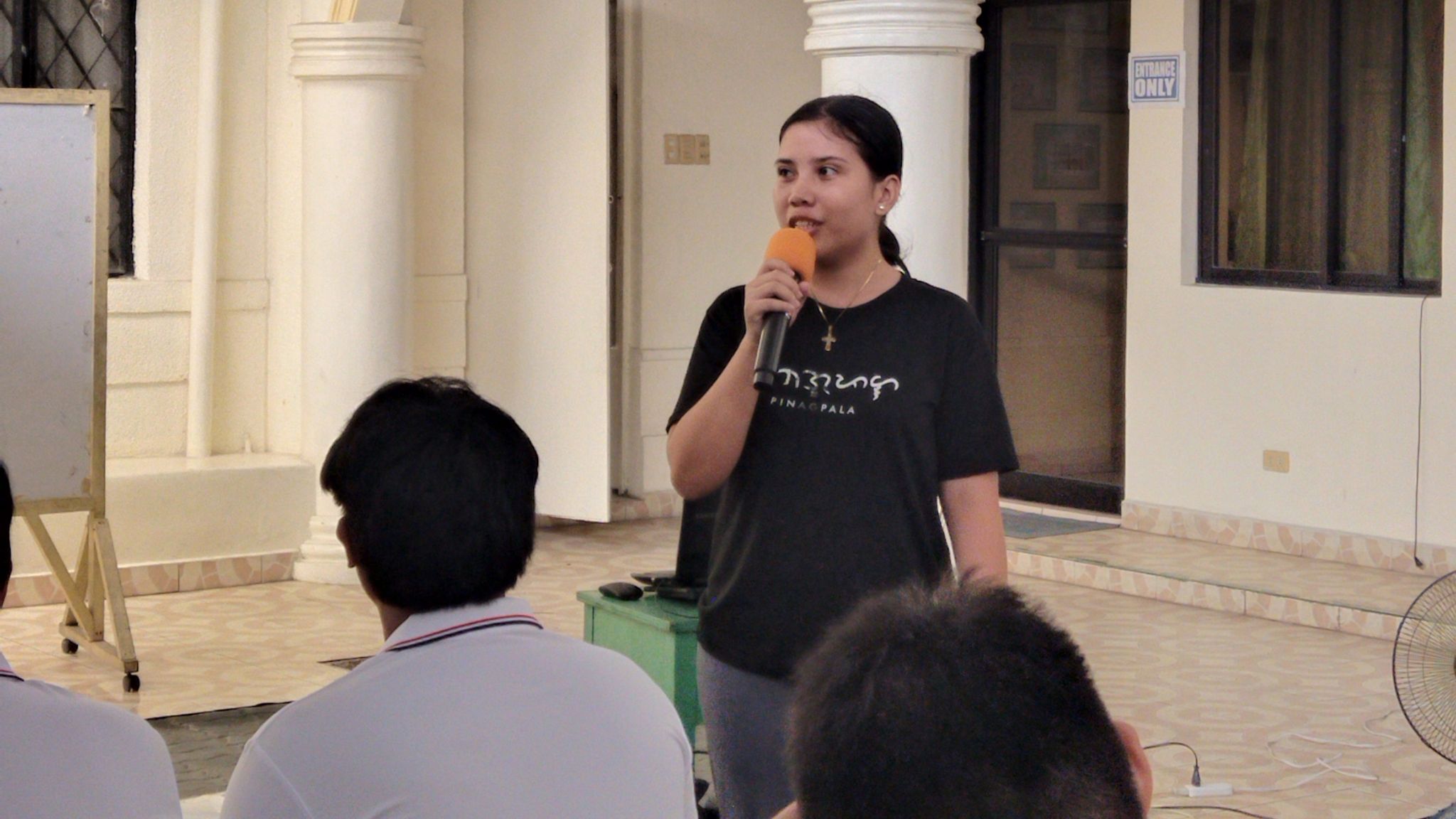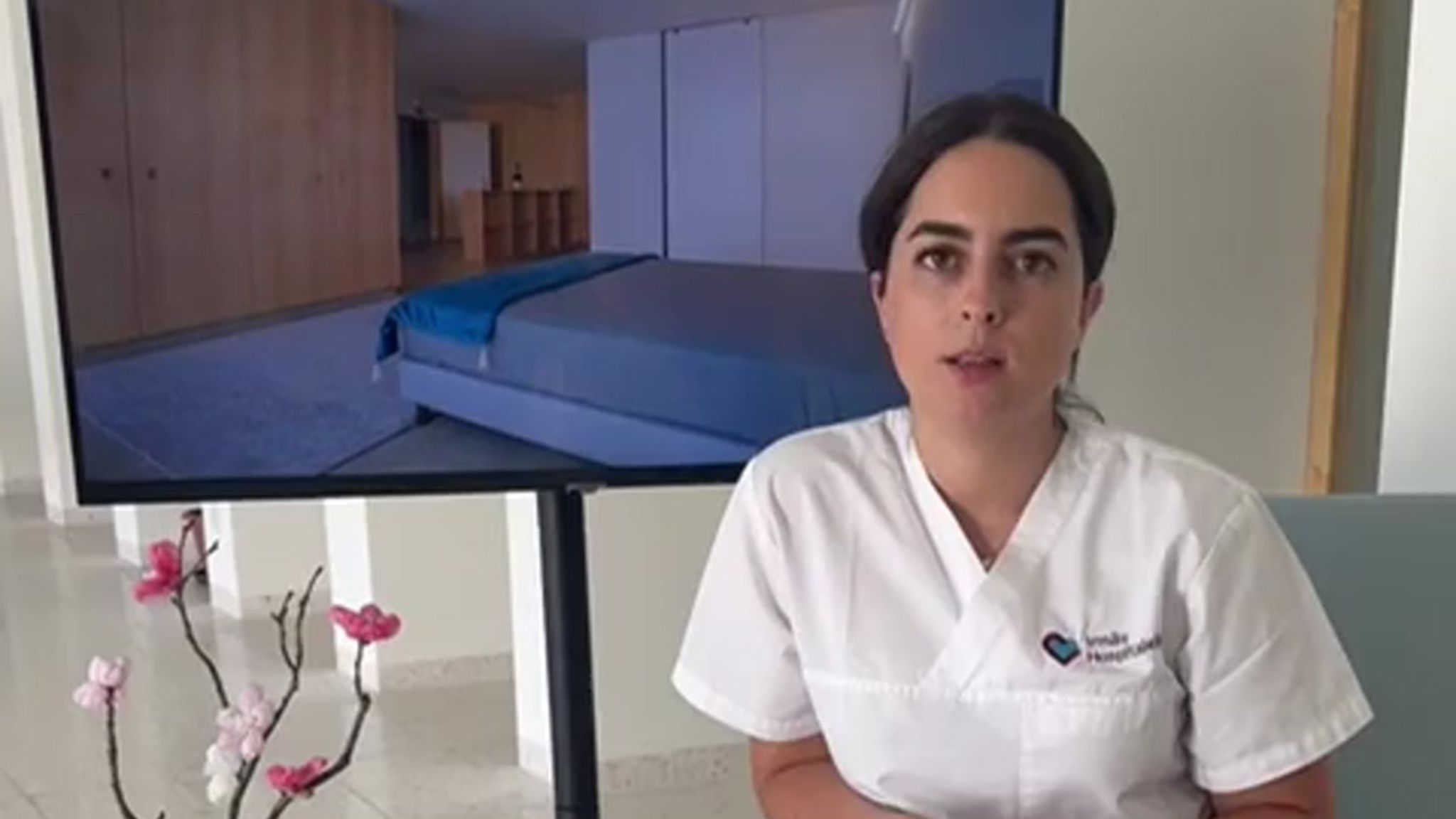We would like to introduce Angela Tirigalli, a sociocultural animator at our Albese center in the Province of Italy.
What exactly does the work of the sociocultural animator consist of and what is its importance in an environment such as ours?
Accompanying the person, the group, the community towards a process of change, helping them to find the useful resources to achieve their well-being, starting from a needs analysis. Even in an environment like ours where constraints may prevent us from projecting into the future and resources seem to be exhausted.
What are the main goals and objectives you pursue when interacting with the Albese center?
The main goal is to listen, accompany and support the guest, the family member and the operator through gestures of closeness and attention. The team shares a multidisciplinary approach that allows to take care of the resident and family members in all their aspects.
The main objective, then, is to create an authentic individual and collective relationship through the awareness of the actions that each of us performs in the daily gestures of care.
In the wards where I work (vegetative states and severe disabilities), the social component is integrated with the health component to build a welcoming dimension in which a “strange” environment is transformed into a familiar space that is close to the idea of home: Villa San Benedetto as a home in which to meet, to be cared for.
What are the most popular activities or programs you have developed for patients at our center?
The training project started in 2017 and completed in 2018 called “A light so as not to stay in the dark” the Aula de los Sentidos.
The starting point of this project was a training course on the 5 senses aimed at operators and family members through a series of meetings.
This experimental course allowed to start building a new relational approach through a shared look with all the care figures to read the needs, personalizing as much as possible the interventions by proposing multiple languages.
The conclusion of this project involved the creation of the sensory room, an enveloping and welcoming place composed of lights, colors, scents, music, inside which the person is accompanied by his or her caregiver. They can feel safe thanks to those who are by their side. The sensory room, with its sensory-based approach, continues to be experimented daily by several departments, and has become a model for approaching the person in a vegetative state even during his or her personal hygiene. Beyond a place where the caregiver can regenerate.
What are the biggest challenges you face?
The first challenge is the great complexity of the pathologies, given the heterogeneity of the casuistry, which requires great professional flexibility and openness to change along the way. It is a matter of undertaking a path of care accompaniment and taking charge.
The second challenge is to ensure the continuity and quality of the relationship, given the rotation of the team.
Can you share any relevant experiences or success stories you have witnessed during your career as a sociocultural animator?
“The Nucleus feels like home.”
A programming shared with the team that guarantees an annual calendar that encompasses the meeting needs of new guests and their families, taking care to alternate significant moments with different weights and characteristics.
A proposal built by collaborating with a team of external professionals, experts in complementary therapies, in order to enhance the well-being of the entire room.
Experiences of multisensory stimulation through music therapy, readings aloud, aromatherapy, guided meditation and baking workshops.
This continuous calendar offers the opportunity to weave a network of relationships in which, with each encounter, the exchange between people with important emotional burdens is facilitated.
How do you coordinate and collaborate with the rest of the hospital’s healthcare staff to provide a holistic approach to patient care?
To coordinate and collaborate, the social worker chooses to constantly involve the ward team in identifying needs and sharing projects. A participatory planning choice that considers others necessary and important to share and be part of the change that is taking place.To ensure a holistic approach to guest care, the animator involves a team of external professionals who provide relational tools to the entire team.
How do you see the future of sociocultural work in hospitals and what prospects do you have for further improving the services you offer?
Services in the future can be improved by enhancing previous successful experiences, listening to new needs and acquiring additional economic resources to promote and guarantee continuity and training of operators in the overall care of the wards.
Finally, St. Benedict Menni, founder of the Hospitaller Sisters, left an important legacy in the care of the sick and the needy. How does the life and work of St. Benedict Menni inspire and guide your approach and commitment to patient care in our hospital center?
The charism of St. Benedict Menni is present among us whenever we can be Hospitallers, welcoming and caring for the little ones. In the daily routine of life in the ward, each of us tries to witness an attitude of hospitality and care in order to offer quality time, even when we are faced with the mystery of accompanying death.


